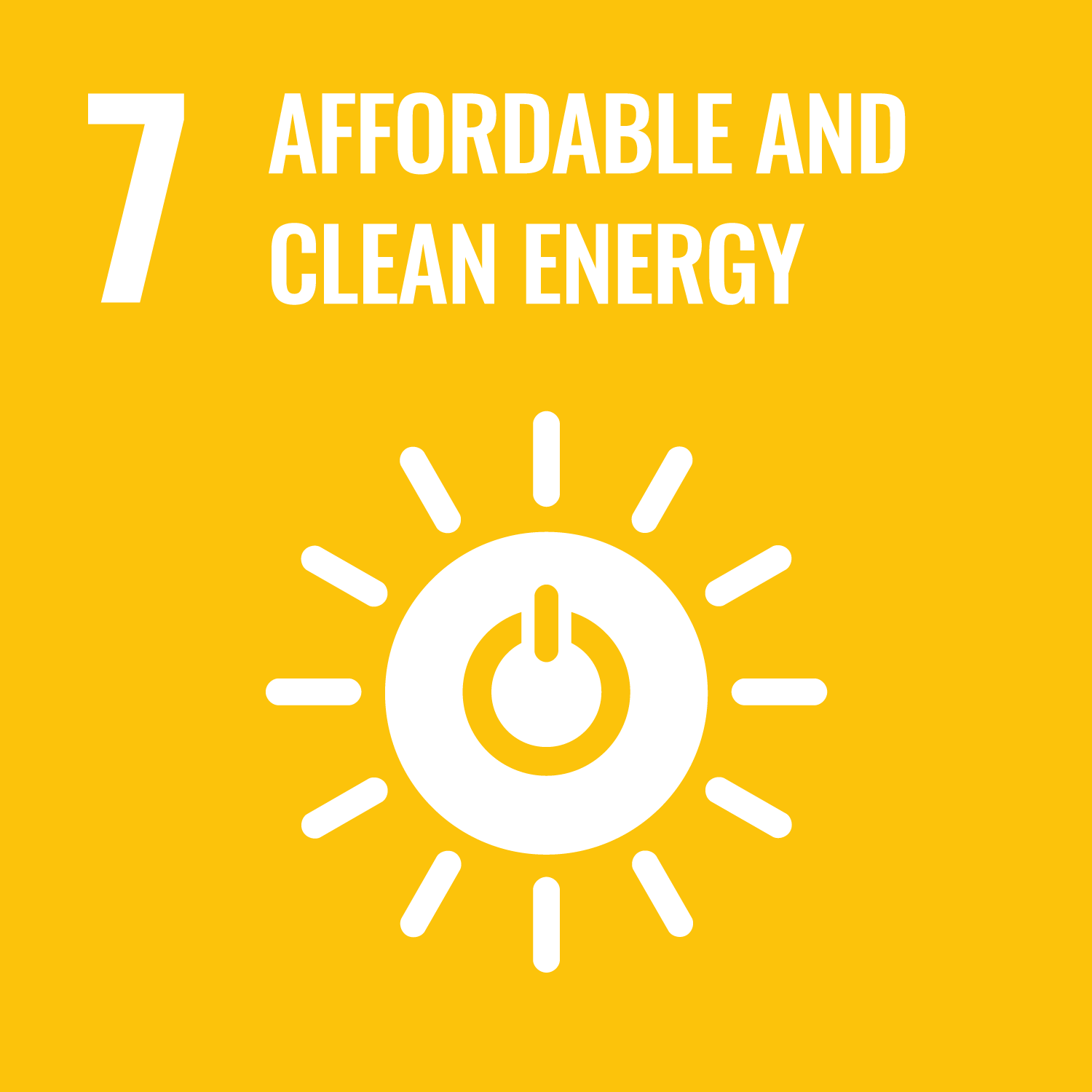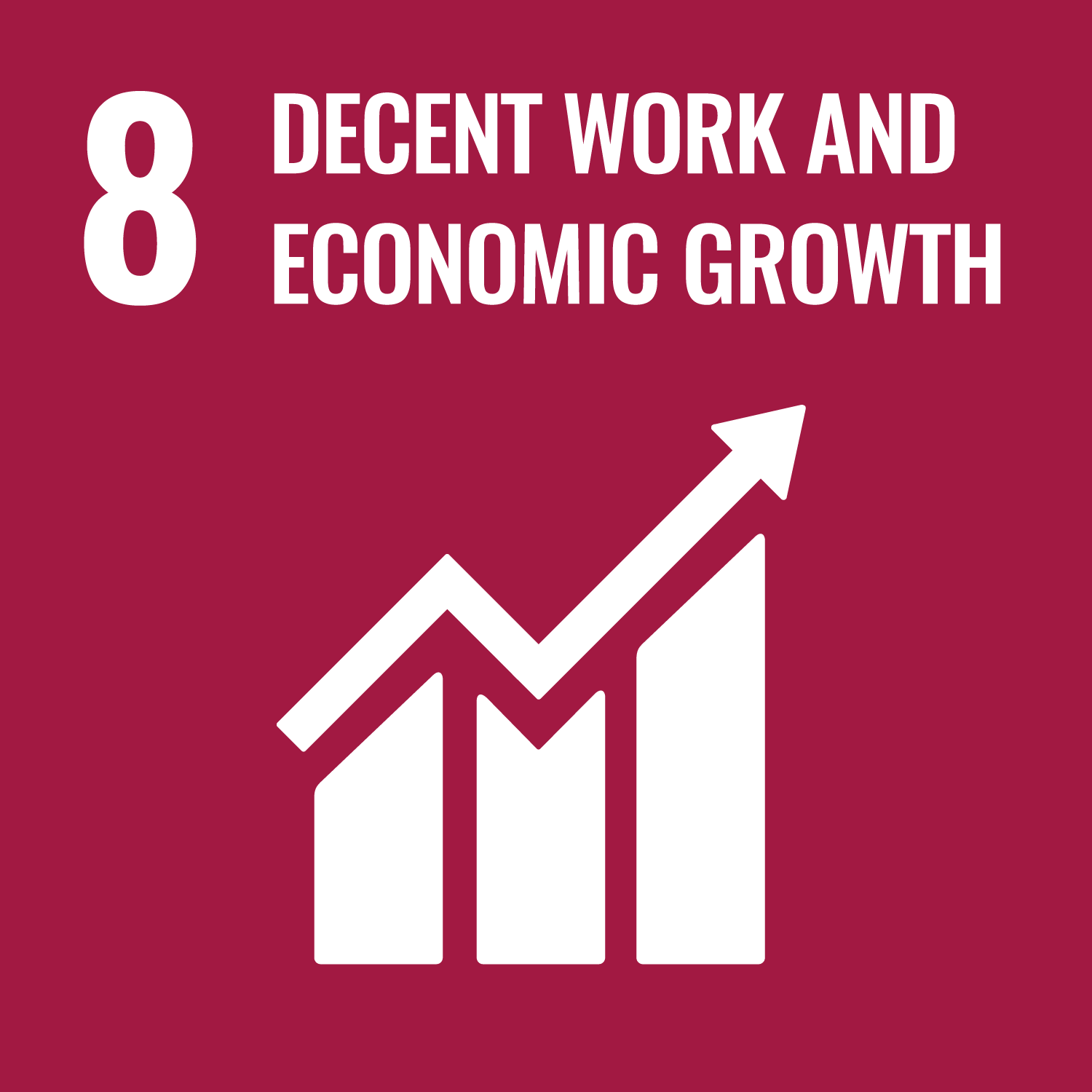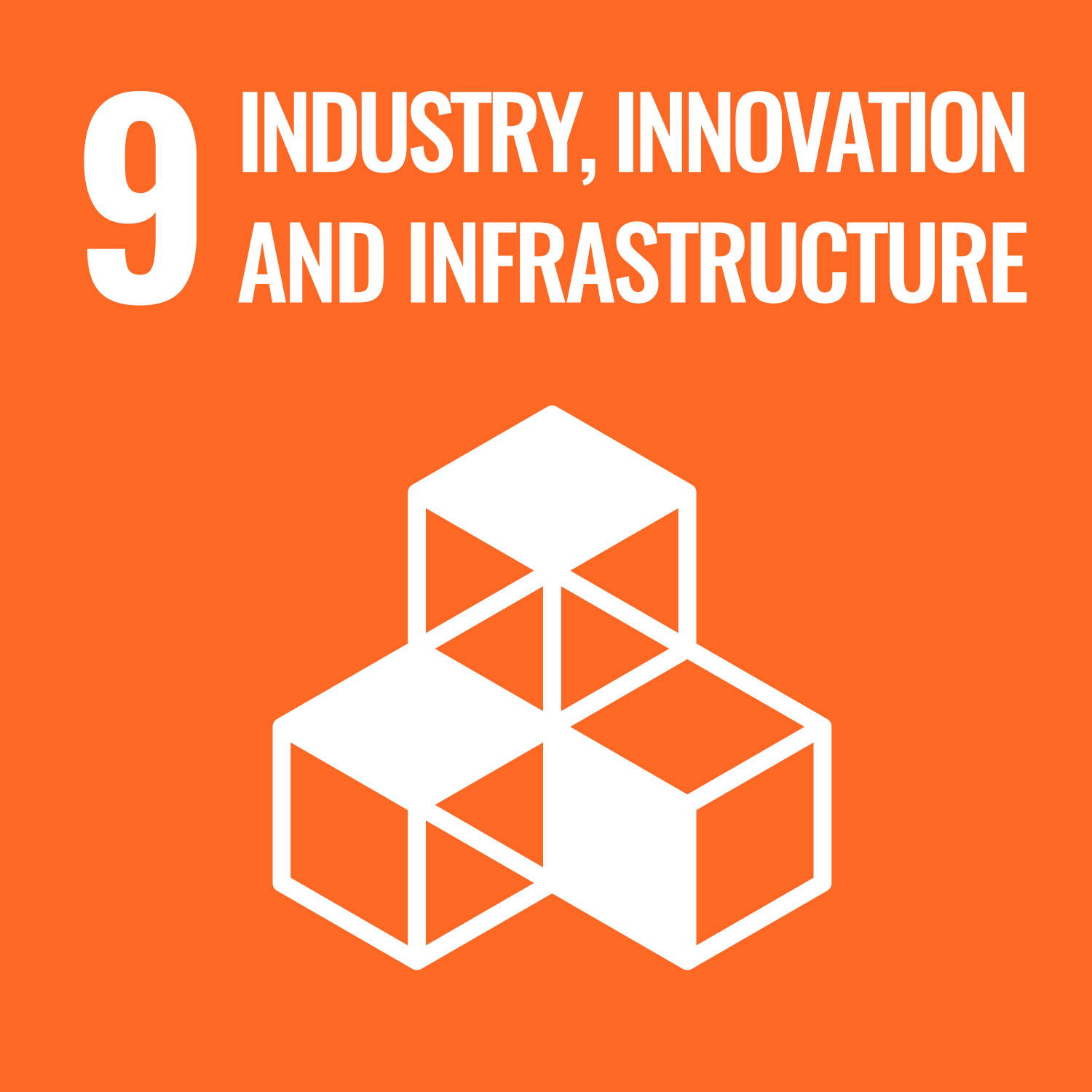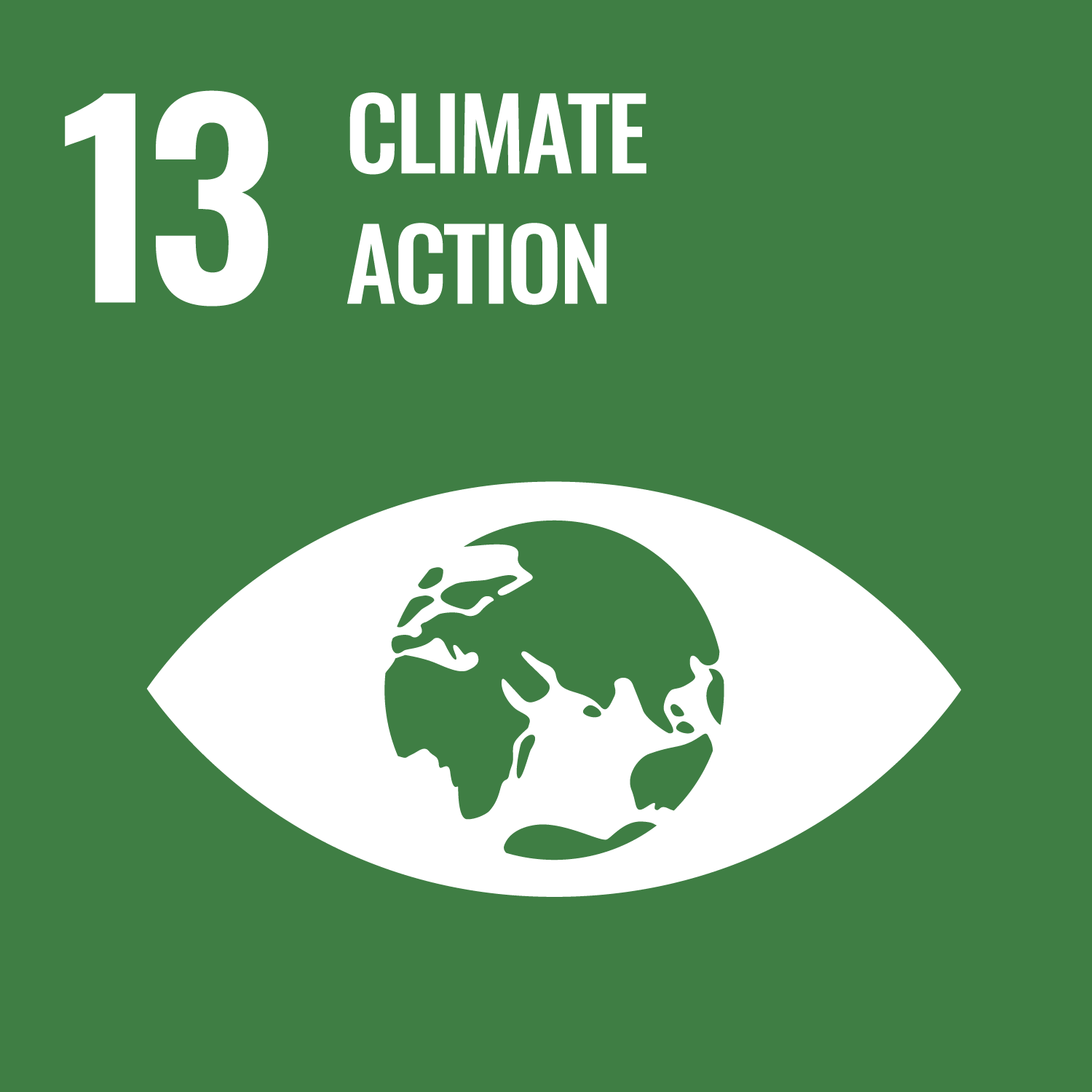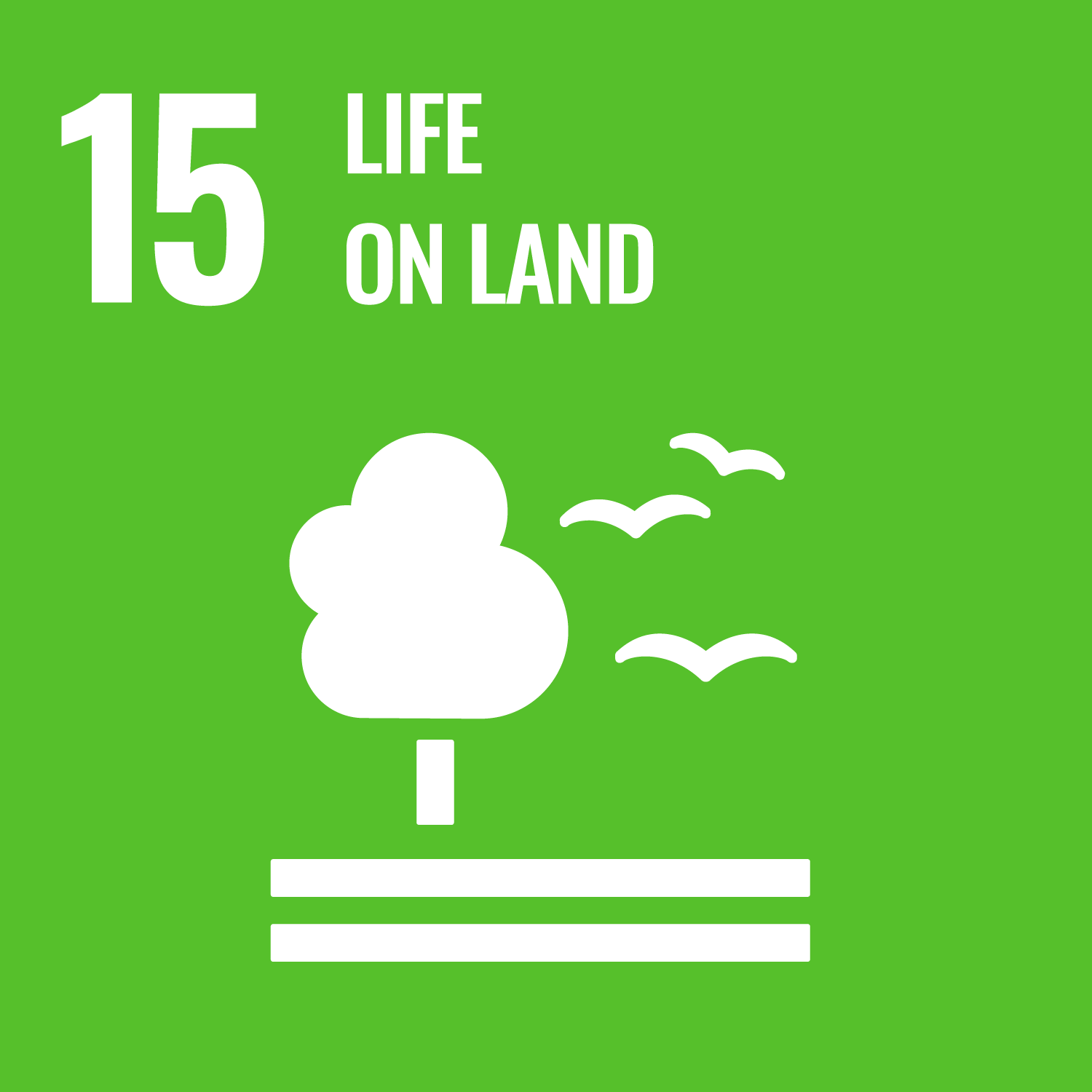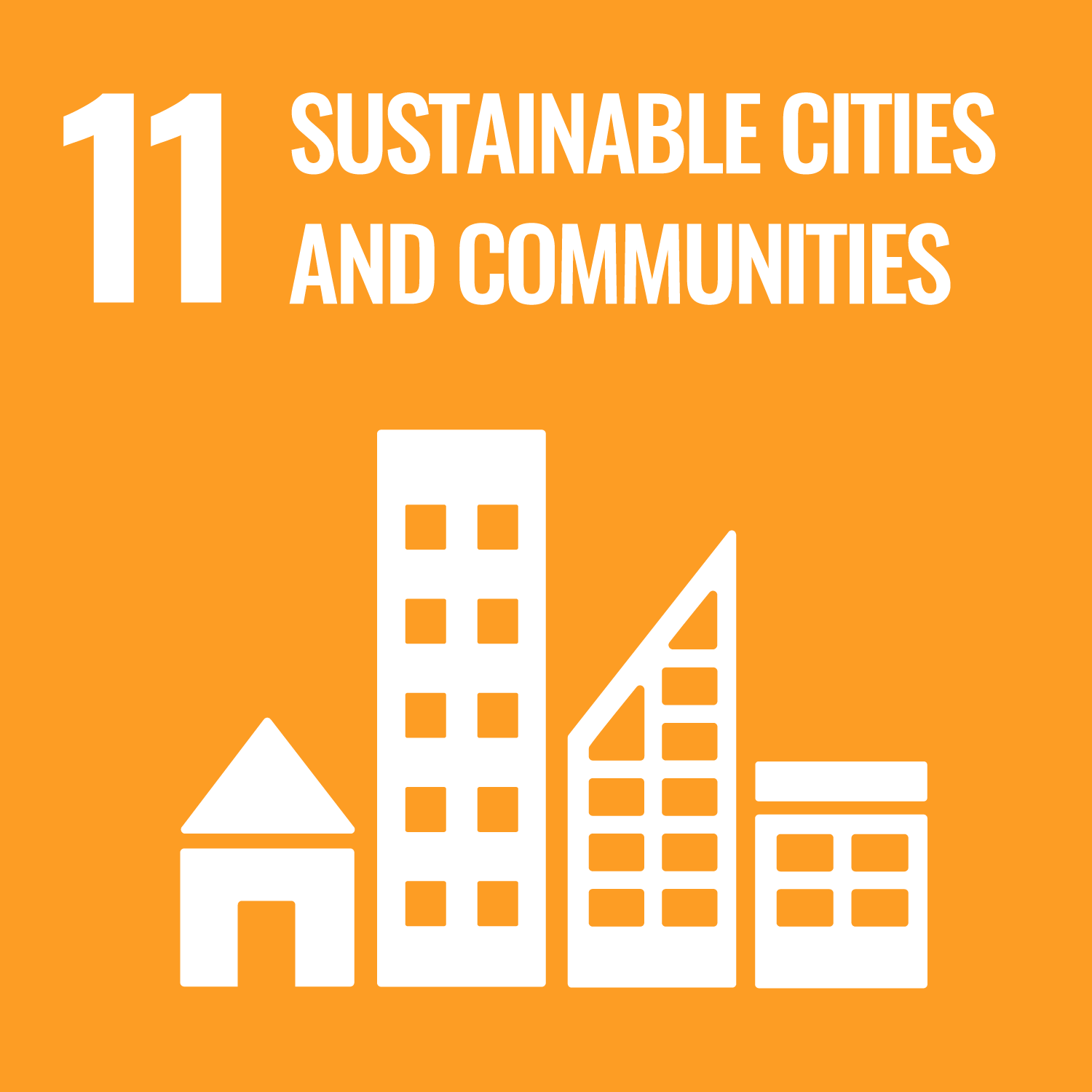LCS-FY2018-PP-21
Developments of Dynamic Energy-Economics Model towards Low Carbon Society of Japan
Summary
It is well understood that the stringent carbon emission reduction is needed to achieve the target of climate change mitigation. Japan has already committed to reduce the carbon emission by 26% from 2013 level in 2030 and announced 80% reduction in 2050 according to the Paris agreement in 2016.
At the same time, it is also recognized the above target will be hardly achieved by only the extrapolation of the past energy conservation adoptions and fuel switch to low carbon fuels. Technological innovations followed by the large structural changes covering whole society must be additionally introduced. Government of Japan therefore conducted “Committee of Long term Low Carbon Vision”, NESTI 2050, and The Fifth Basic Energy Plan. Besides the governmental projects, other researchers and institutions have investigated the pathways towards the low carbon societies, such as “New Vision 2050” by Komiyama and Yamada, Research Institute of Innovative Technology for the Earth (RITE) and National Institute for Environmental Studies (NIES). It should be pointed out that the socio-economic assessment is indispensable for the society to accept the low carbon policies. The economic impacts of low carbon policies are strongly connected to the energy supply-demand systems.
In this article the author proposes two model; the one is the econometric simulation model based on the historical statistics. This provides short term behavior as the extrapolation of past trends and the transient response of disturbance or new technologies. Another one is a model development integrating multisectoral input-output approach and energy flow model, which has rarely been established due to the methodological and the calculation problems. The author extracts the model block of Japan from THERESIA to analyze the direct and indirect impacts of low carbon policies and technological changes on the sectoral socio-economic activities. For example, considering the changes in the material constitution of the products and the relationships between steel product type and its production process, this model provides the overall effects of low carbon policy. Current preliminary simulations show the operationality of this middle-term multisector energy-economic model for Japan.

